Learn How to Keep Mums Blooming All Fall with these tricks and get brilliant color in your garden when most other plants start to wither!
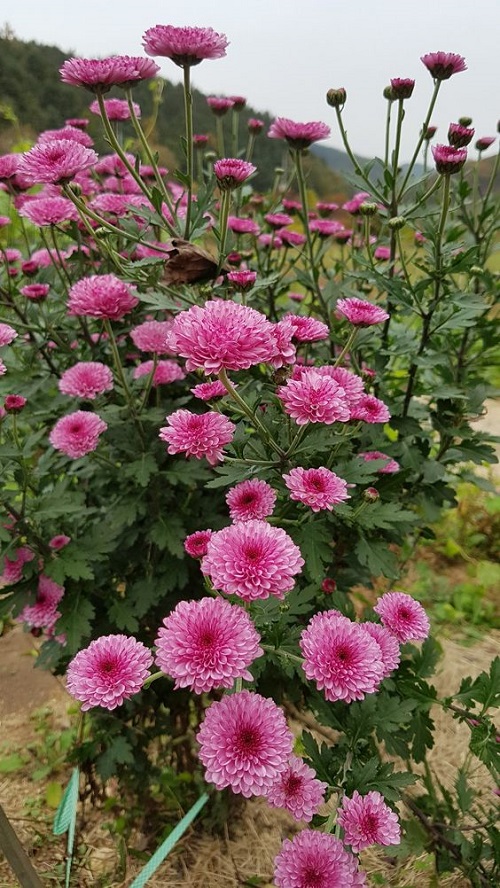
Who doesn’t love extending the flowering time of beautiful chrysanthemums? As the weather gets colder and the air drier, your garden will thin out with autumn.
At that time, keeping mums blooming all fall can make your landscape look more interesting and appealing!
How to Keep Mums Blooming All Fall
1. Pick the Best Chrysanthemum Varieties for Fall
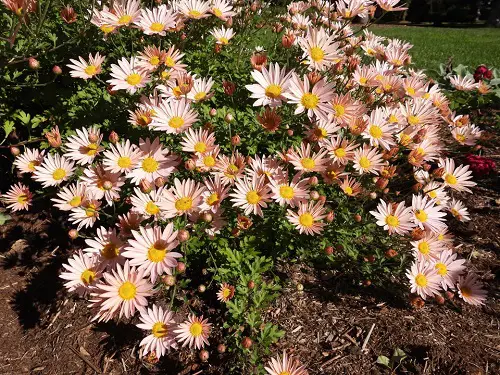
This plant genus has more than 40 species, giving you a fun and colorful range to choose from. Several are well-suited to fall gardens. Check out the ‘Sheffield Pink,’ which blooms in late September through frost and has soft pink flowers.
Or go with ‘Bolero,’ which produces long-lasting bronze-orange blooms in October and November. And for regions with colder winters, check out cold-hardy types like Cameo, Gold Country, and Belle O’ The Ball. Pick the best variety for blooms that last all fall.
2. Pinch your Chrysanthemums
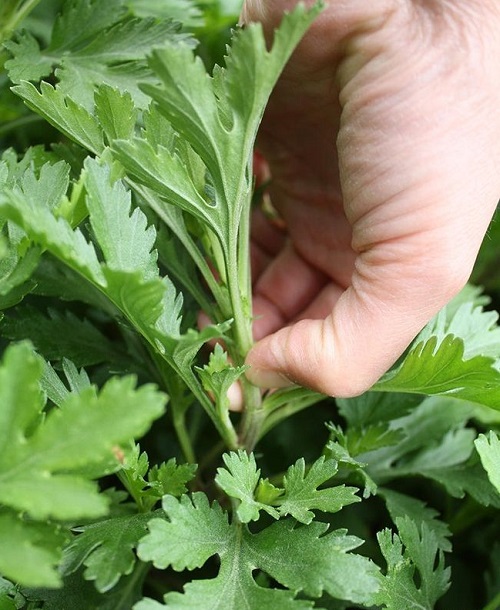
Mums produce foliage throughout the season before colorful flowers emerge in the fall. Pinch the stems once the plant reaches a height of about 6-8 inches. When you pinch back the stems, you allow more bud-bearing, lateral branches to grow.
Use clean garden scissors or your fingers to pinch the growth. This will give you long-lasting chrysanthemum blooms through fall!
3. Keep your Mums Happy in the Sun

Chrysanthemums need minimum six hours of daily sunlight to thrive, but the more it is the better. Less sunlight deters flower buds from forming, leading to scanty, leggy growth that won’t survive the fall season.
For your mums, pick a spot with ample sunshine, such as a south-facing balcony or patio or a sunny windowsill.
Tip: If you live in warmer zones, you can provide shade to your mums during hot summer afternoons. This will prevent your plant from getting scorched.
4. Deadhead Mums in the Fall
To help mums rebloom in the fall, remember to deadhead flowers before they turn fully brown or dry. This will help the plant conserve energy and refocus on producing more flowers in cool weather rather than producing seeds or more foliage.
Deadhead before the first cycle of blooms is entirely spent. This also exposes new flower buds to sunlight, prompting multiple rounds of blooms throughout the season.
5. Use a Well-Draining Soil Mix
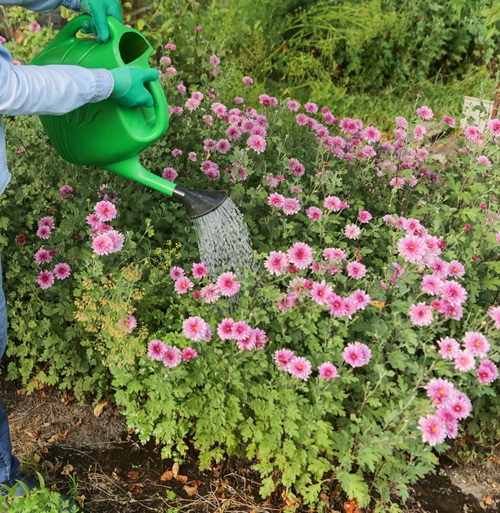
Pick a free-draining soil mix to house your chrysanthemums. With thick, non-porous soil that allows water to collect on top, your mums will be susceptible to root rot.
Amend the mix with organic matter like compost,, perlite, and orchid bark. Ensure the pots have enough holes to drain out excessive water and keep the soil moist but never soggy. Water only when the surface feels dry.
6. Mulch to Protect Roots
Want to know a secret to keep mums blooming all fall? Mulching! Chrysanthemum roots are sensitive and will need insulation with dipping temperatures. Add a layer of mulch at the start of autumn using pine needles, bark, evergreen branches, or straw.
Ensure that the mulching lasts until mid-April. This mulch will help retain heat around the roots and protect them from frost or sudden temperature fluctuations.
7. Pest Control

Mums are prone to pests like aphids and spider mites that can deter your mums from staying healthy and lead to stunted growth and no blooms. Pests like capsid bugs also attack mums and chew on young flowers.
Control these pests by cleaning and inspecting your chrysanthemums regularly, and removing infected parts. Also, encourage and host natural predators like ground beetles. Use neem oil and insecticidal soap to control pests and ensure long-lasting blooms.
8. Strategic Placement
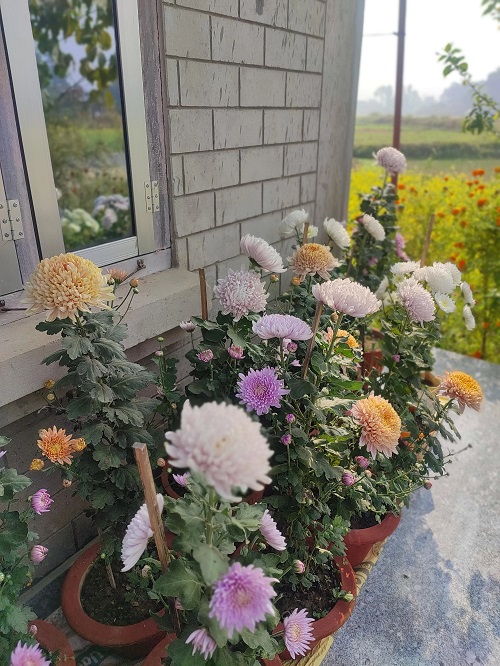
Mums are sensitive to strong winds, which can damage their blooms. To minimize wind exposure and weather extremes, plant them in sheltered spots, such as by a fence or a covered patio corner.
You can also use row covers or cold frames to protect your mums from frost and heat stress. Bring potted mums indoors during winter, frost, or high heat to keep the plant healthy throughout. Extremities mean lesser flower buds and discolored blooms.
9. Use Epsom Salt
You can use Epsom salt to push your mums into producing long-lasting blooms. Since it comprises ample magnesium, this supplement will help your plant produce more chlorophyll for those stunning blooms.
Dissolve a tablespoon of Epsom salt in four liters of water and feed it to your plants. Do this every 2-3 weeks during the growing season, once in two months during the fall for in-ground mums, and once a month for potted ones.
10. Go With Compost Tea
You can also make compost tea instead of relying on traditional fertilizers. Soak well-aged compost in water for 24-48 hours, then use the tea to water your mums every 2-3 weeks during the growing season.
Spraying it on the leaves will also help keep mums blooming all fall. Again, if you missed doing it during the growing season and are starting in the fall, just use it once a month. This also helps with beneficial microorganisms that improve soil health.


